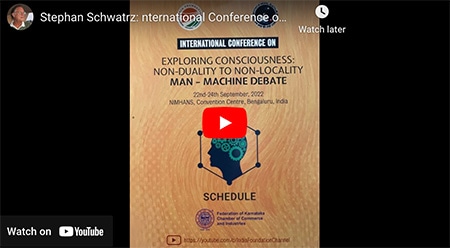Raymond Bohlin holds a doctorate in molecular biology. He received his master’s degree in population genetics, the study of how adaptation and speciation is expressed by DNA. In other words, he possesses more than a passing knowledge about the theory of evolution. At the University of North Texas, he participated in research revealing that colonies of pocket gophers in Oklahoma and Texas, once indistinguishable, had diverged somewhere along the way into two identifiably distinct species.
In a way, so had Bohlin. He never accepted the hypothesis central to his discipline, hardened in the crucible of 150 years of experimentation, validated by the advent of modern genetics. He could not believe that evolutionary mechanisms could account for the dizzying complexity he saw in the living world. It was easier for him to detect the work of some unseen force - a designer’s hand guiding a spontaneous appearance of species - behind the rise of complex life. It’s the sort of completely untestable idea that doesn’t gain much traction among the editors and reviewers of scholarly journals.
And so, according to his own list of published work, Bohlin’s name was never attached to another peer-reviewed scientific study after his paper on gophers in 1982. […]









